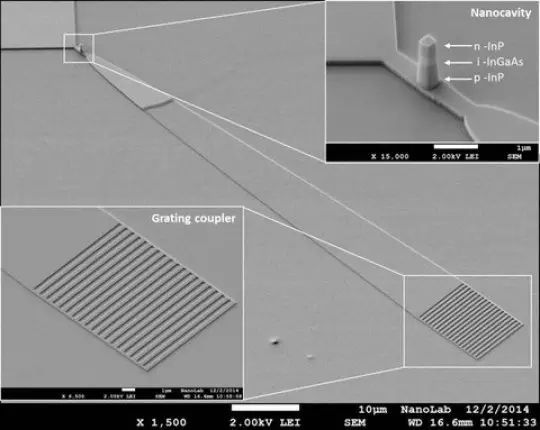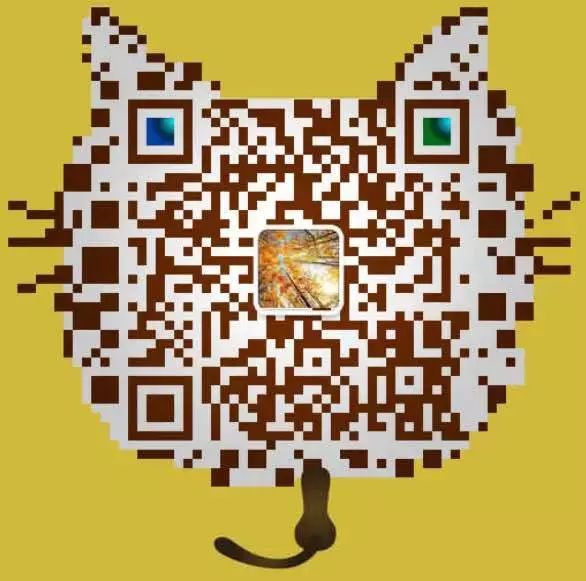
The mobile screen may soon detect the shadow of your hand, allowing you to operate your phone entirely with gestures without touching the screen. Recently, scientists have developed a new type of light-emitting diode (LED) that can both emit light and absorb external light sources. Typically, semiconductor materials can only isolate a quantum dot with a shell to prevent it from detecting light. To solve this problem, researchers adjusted the LED, creating a nanorod in which the quantum dot can contact two types of semiconductor materials. These nanorods, less than 5 nanometers in diameter, are composed of three types of semiconductor materials, one of which can emit and absorb visible light, while the other two control the flow of charge within the first material.

Researchers reported in the journal Science that the three materials working together allow the LED panel to emit light while sensing external light and adjusting brightness. It is reported that due to the extremely fast switching frequency between the emitting and sensing functions of this LED, the human eye cannot recognize this switching, so the display panel appears to be constantly on. Additionally, unlike the light sensors currently on mobile phones, this LED panel performs light measurement and adjustment at the pixel level, allowing it to not only adjust the panel’s brightness based on external light sources but also sense the subtle differences in light caused by a finger passing over the screen, enabling gesture operations without touching the screen. The study also found that this LED can absorb external light while emitting, converting it into electrical current, similar to the function of solar panels. This could lead to new device interfaces and applications, including screens that harvest light to convert into electrical energy and read information from other screens.
Paper link:
http://www.sciencemag.org/news/2017/02/watch-phones-future-could-detect-your-gestures-without-touch-thanks-two-way-leds
Source: China Science Daily

Disclaimer: Some materials are sourced from the internet, and the purpose of reprinting is to convey more information and share, which does not imply approval of its views or confirm its authenticity, nor does it constitute other advice. It only provides a communication platform and is not responsible for its copyright. If there is any infringement, please contact us for timely modification or deletion. Email: [email protected]

Invitation for Contributions
Experts and scholars are welcome to submit manuscripts (papers, project introductions, new technologies, academic exchanges, unit news, conference information, recruitment, etc.) to [email protected], and please indicate detailed contact information. Polymer Technology® will promptly push and publish on the China Polymer website.
Welcome to Join WeChat Group To meet the needs of polymer industry colleagues, we have successively opened dozens of special interest groups, including groups for polymer experts and scholars, as well as groups for polymer industry technology, entrepreneurs, doctoral students, media journals, conference associations, etc., covering the entire polymer industry or field. Currently, it gathers tens of thousands of top experts, scholars, technicians, and entrepreneurs from domestic and foreign universities, research institutes, and corporate R&D centers.
To apply for group entry, please first add the review WeChat ID chemshow (or long press the QR code below) and please be sure to indicate: polymer + name + unit + title (or degree) + field (or industry), otherwise, it will not be processed. Qualification will be reviewed before entering the relevant professional group.
